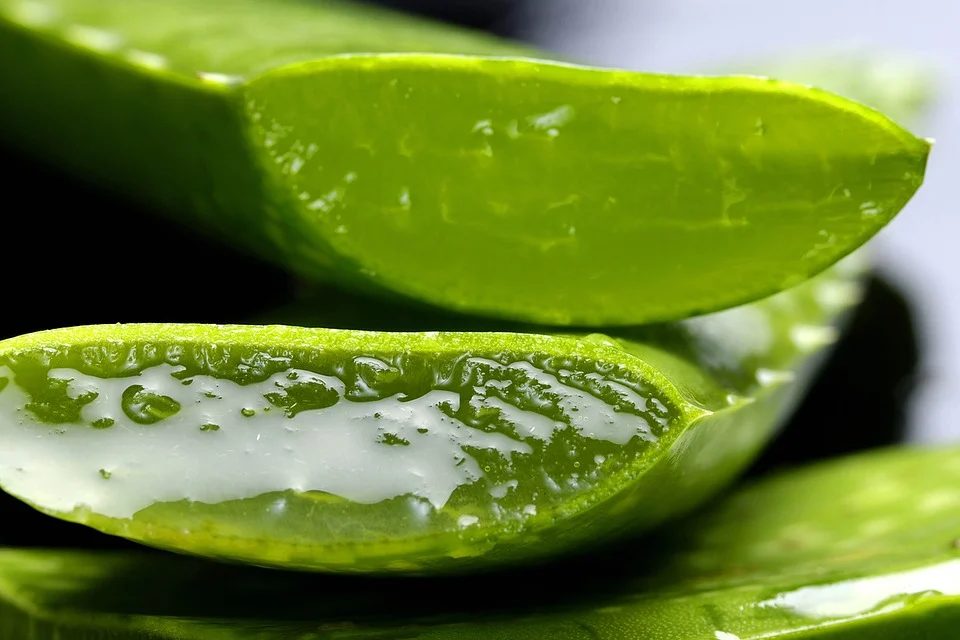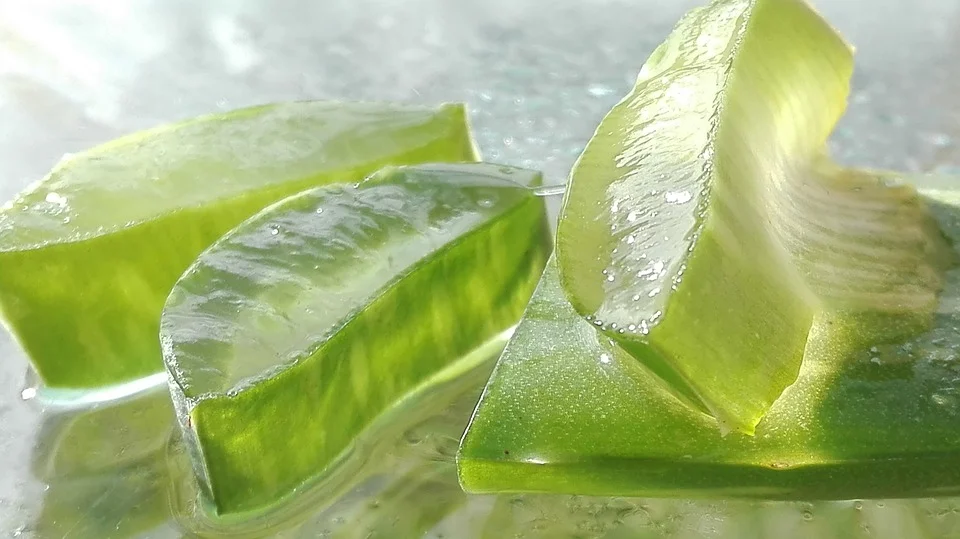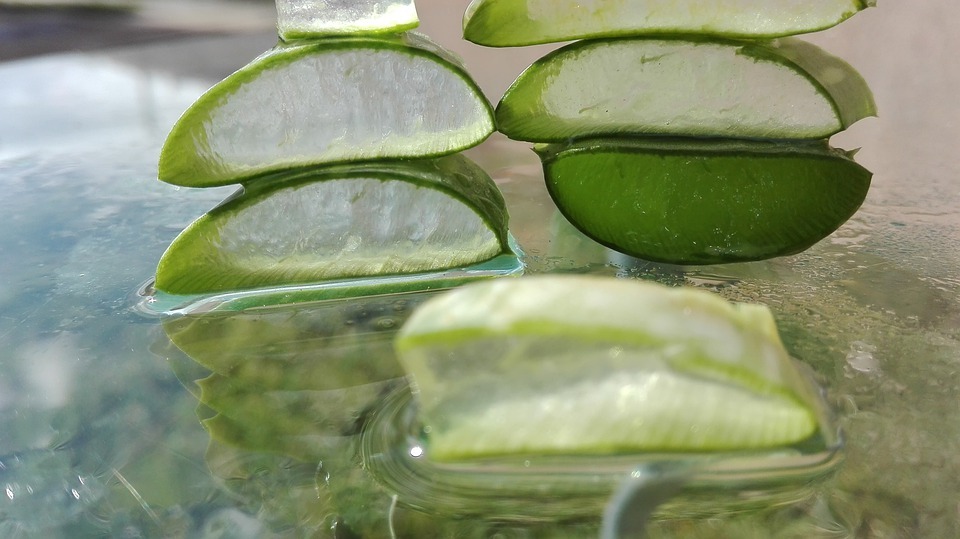For centuries, the aloe vera plant has been able to prove its worthiness by becoming one of the most beneficial plants when it comes to making our skin and hair healthy and beautiful. But aside from that, aloe vera is also known for its health-promoting properties. This succulent plant has long, broad, thick, and fleshy leaves with a gel-like sap in the middle. This sap is where the sugars, vitamins, minerals, amino acids, enzymes, and salicylic acid are found. That is why in order to make an aloe vera juice, you must not forget about its sap to reap its benefits.
In this article, we are going to teach you how to juice aloe vera and learn about its health benefits.
What is an Aloe Vera Plant?
As we mentioned, the aloe vera plant has a clear gel-like sap in the middle that has incredible healing benefits because it contains enzymes, antibacterial properties, vitamins, amino acids, and minerals. It also has aloin, also known as barbaloin, and it is a yellowish-brown substance that is located between the gel and the leaf of the aloe vera. The aloin can help stimulate your bowel movements as well as treat constipation.
Aloe vera is also a tropical healer because it contains anti-fungal, anti-inflammatory, and anti-viral properties.
Benefits of Aloe Vera
Aloe vera is said to be one of the most used medicinal plants globally. These are some of the health benefits you can get when consuming and using aloe vera.
- Aloe vera is suitable for your oral health– According to experts, aloe vera contains anti-inflammatory properties that can help reduce periodontitis as well as gingivitis. Aside from that, aloe vera contains compounds called anthraquinones that can help control the growth of bacteria that causes cavities.
- Aloe vera promotes healthy and hydrated glowing skin – Aloe vera is soothing and hydrating. When taken internally, aloe vera can help prevent dermatitis and acne. The antioxidants, vitamins, and minerals can help protect your skin against premature aging and cellular damage. Aloe vera contains plant growth regulators known as gibberellins that can help promote elastin and collagen formation.
- Aloe vera is anti-inflammatory – Aloe vera gel contains powerful anti-inflammatory properties and anthraquinones that can help reduce inflammation.
- Aloe vera helps with your digestive health – Aloe vera juice is consumed worldwide because it can aid with several gastrointestinal problems. But, one of the most common uses of aloe vera juice is to treat constipation and IBS. Aloe vera has laxative compounds that work by reducing intestinal water absorption. This compound is located in the natural latex of the aloe vera.
- Aloe vera juice is a detox drink that can help weight loss –Studies show that aloe vera supports healthy liver function, which is one of the vital parts of detoxification. It can also help protect against alcohol-induced fatty liver. Aloe vera can also help lower cholesterol levels as well as the risk of developing heart disease. Studies also show that aloe vera contains cycloartenol and lophenol that can help potentially reduce belly fat.
Making Aloe Vera Juice at Home
Making your own aloe vera juice only needs two ingredients, aloe vera leaf, and water. It would be best if you got the two blended together to help break down and dilute the inner aloe leaf gel. Once you dilute it, you can flavor the aloe juice in several ways. But it does not sound that easy because there are some things that you should know when you’re working with an aloe leaf.
The first thing you need to do is find aloe vera leaves that looks like it’s packed with gel underneath their thick skin. After that, use a sharp knife to cut away the aloe vera’s skin and reveal its gel center. Always be careful when peeling aloe vera because the gel can make your hands and knives slippery. Keep in mind that aloe vera leaves have three layers: the green outer skin, yellow latex, and clear gel. Make sure that you remove all the latex and just get the gel.
After getting the aloe gel:
- Rinse it to remove its bitter taste.
- Rinse it thoroughly so wash away the yellow latex residue and its bitterness.
- Cut up your aloe vera gel and dilute it with water by putting it in a blender.
- Blend the water and aloe vera gel until it becomes completely smooth. If you want to have chewy bits of aloe vera in your juice, you can pulse it in your blender.
As we said, after you mix and dilute your aloe vera gel with water, you can put in as many flavorings as you like. You can also drink it as-is but be warned because it won’t taste like anything. You can mix it with lemon or lime juice, pineapple juice, pomegranate juice, or even sparkling water to add a little bit of kick to your aloe vera juice.
Does Drinking Too Much Aloe Vera Juice Have Any Side Effects?
As we mentioned earlier, aloe vera is widely consumed worldwide because of its strong laxative effect. That is why always remember to drink diluted aloe vera juice and never eat the gel by itself. Aside from having a laxative effect, this can also cause permanent kidney damage. Along with this, in order for you to feel the benefits of aloe vera juice, it is best if you drink at least one to eight ounces per day.
Homemade aloe vera juices are healthier than store-bought ones because they are fresher and the nutrients are still intact. But if you do not have access to any fresh aloe vera leaves, you can also opt for store-bought aloe juice, and we suggest that you look for pure varieties.




